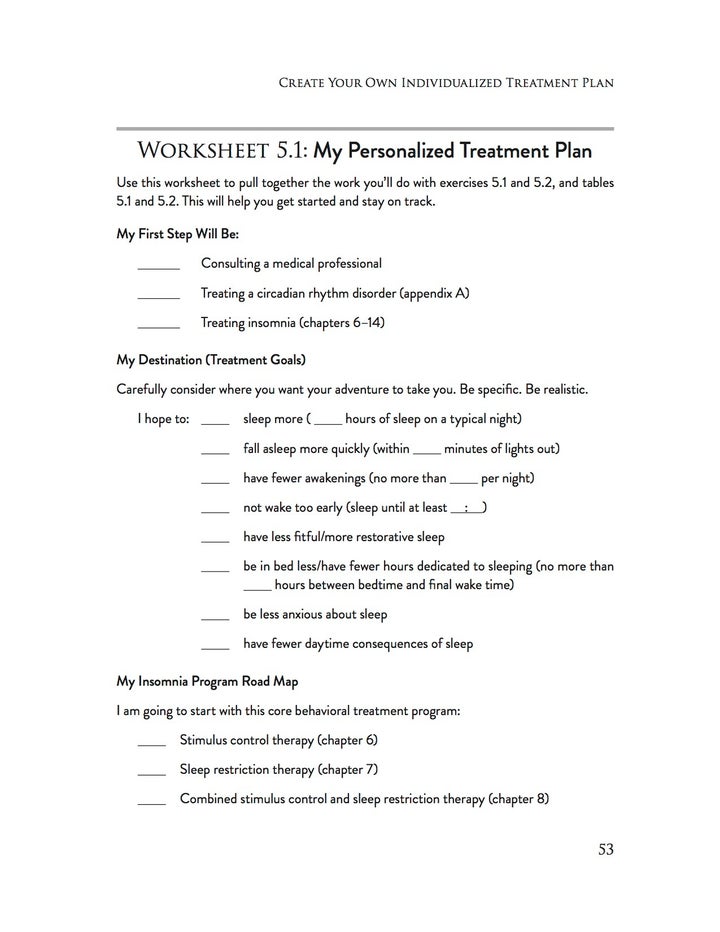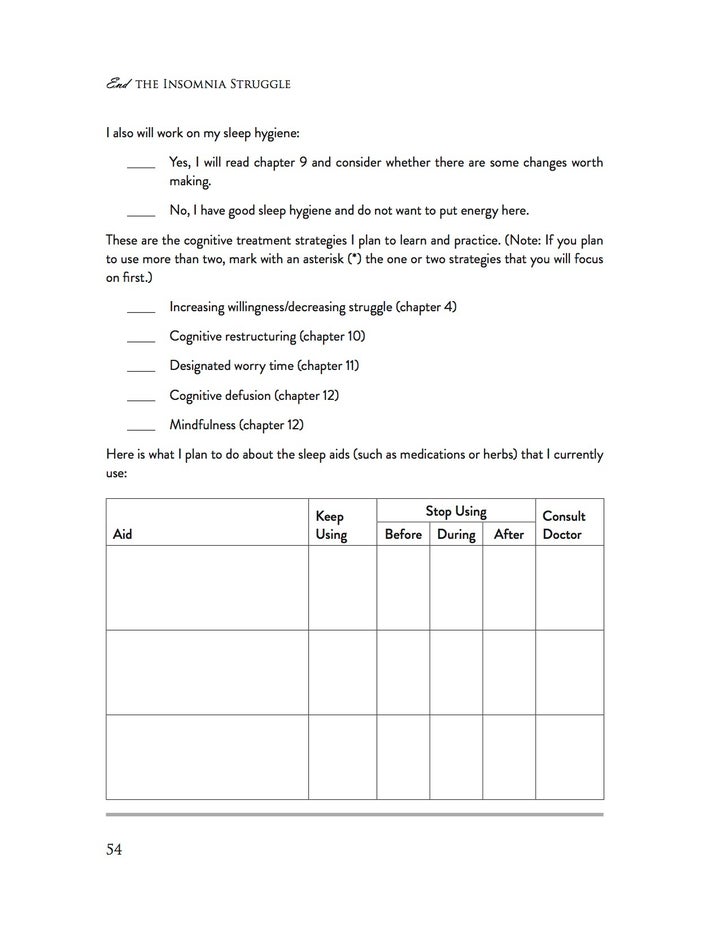Co-authored by Alisha Brosse, Ph.D.
If you are one of the millions who cannot sleep, this information is for you. Countless people like yourself struggle with sleep and suffer from insomnia. Here are five steps that will help you to end your insomnia struggle.
Step 1: Make it Personal
There is an effective treatment for insomnia and other sleep disorders. It is called cognitive behavioral therapy for insomnia (CBT-I). Click here for more information on CBT-I: Cognitive behavioral therapy for insomnia. People typically implement CBT-I as a “one size fits all” program. In our experience it is more effective to make it personal. Your sleep is unique to you and your sleep program should be too. Start by investing some time in precisely assessing your sleep problems. Do you have trouble falling asleep? Staying asleep? Waking too early? All of the above? Can you sleep on your couch or out of your house but not in your own bed? Do you have anxious thoughts about sleep? Life? Both? This information will be a tremendous asset when deciding precisely how to address your unique sleep problems. Personalizing CBT-I will optimize your success.
Step 2: Assess your Willingness
Even the best program can work only when you are willing to work the program. Ask yourself: What are you willing to do? Why are you willing to do it? What are the long term benefits of addressing your sleep problems? Are you willing to make some changes and have some initial discomfort in order to improve your sleep? If you are not willing to initiate a sleep program – don’t! This is a set up. It is better to find a smaller step you are fully willing to do rather than a big step that you are unwilling to do. Here is a willingness and action worksheet to help you to assess your willingness: Willingness and commitment worksheet.
Step 3: Design your comprehensive sleep program
CBT-I is the gold standard for non-pharmacological sleep programs. For the best odds on improving your sleep make sure you use this model as your foundation. As the name denotes, you will want to include both a behavioral and a cognitive component. However, which components, as well as the order, depend on your personal experience with sleep, your current set of circumstances, your work-life balance, and your current level of willingness for a sleep program. Including this contextual information will lead you to a more thorough and complete program. The worksheet we use in our book to help people create a personalized CBT-I program is shown at the end of this blog.
Step 4: Add in mental fitness to increase success
Sleep is a challenging and vexing subject. It is normal to get frustrated, irritated, and even anxious about sleep. Mental fitness can help you with your sleep and with your CBT-I program. Mental fitness is analogous to physical fitness. These skills help you to strengthen your mind and give you the mental edge needed to manage these psychological challenges. Some examples of mental fitness include mindfulness and cognitive defusion. Here is a short video about cognitive defusion: Cognitive Defusion Video.
Step 5: Use effectiveness as your compass
It is common to judge your sleep program by how you sleep one particular night or how you feel on one particular day. We encourage you to use data instead to judge your progress. Collect data for a minimum of 2-4 weeks. This will help you to see trends over time. It will also give your body an opportunity to respond to the sleep program. Include data not only about your sleep cycle but also about your time awake. Assess both the quality of your sleep and your life. After all, you are sleeping to live (not living to sleep), right? Here is a link to a great app that can help collect your data: CBT-I Coach App.
Your Next Step?
If you are interested in a personalized sleep program and you would like a guidebook that holds your hand on your journey to better sleep, you may be interested in our book “End the Insomnia Struggle: A Step by Step Guide to Falling Asleep and Staying Asleep”. Click here to read more about it: End The Insomnia Struggle. Packed with research-based strategies and practical tools, this fully customizable book will show anyone who suffers with insomnia how to get a good night’s sleep—night after night—for a better life. It will be available October 1, 2016. You can also check back on this blog site for excerpts from the book in the coming weeks.
Here is the personalized treatment plan worksheet from our book:

